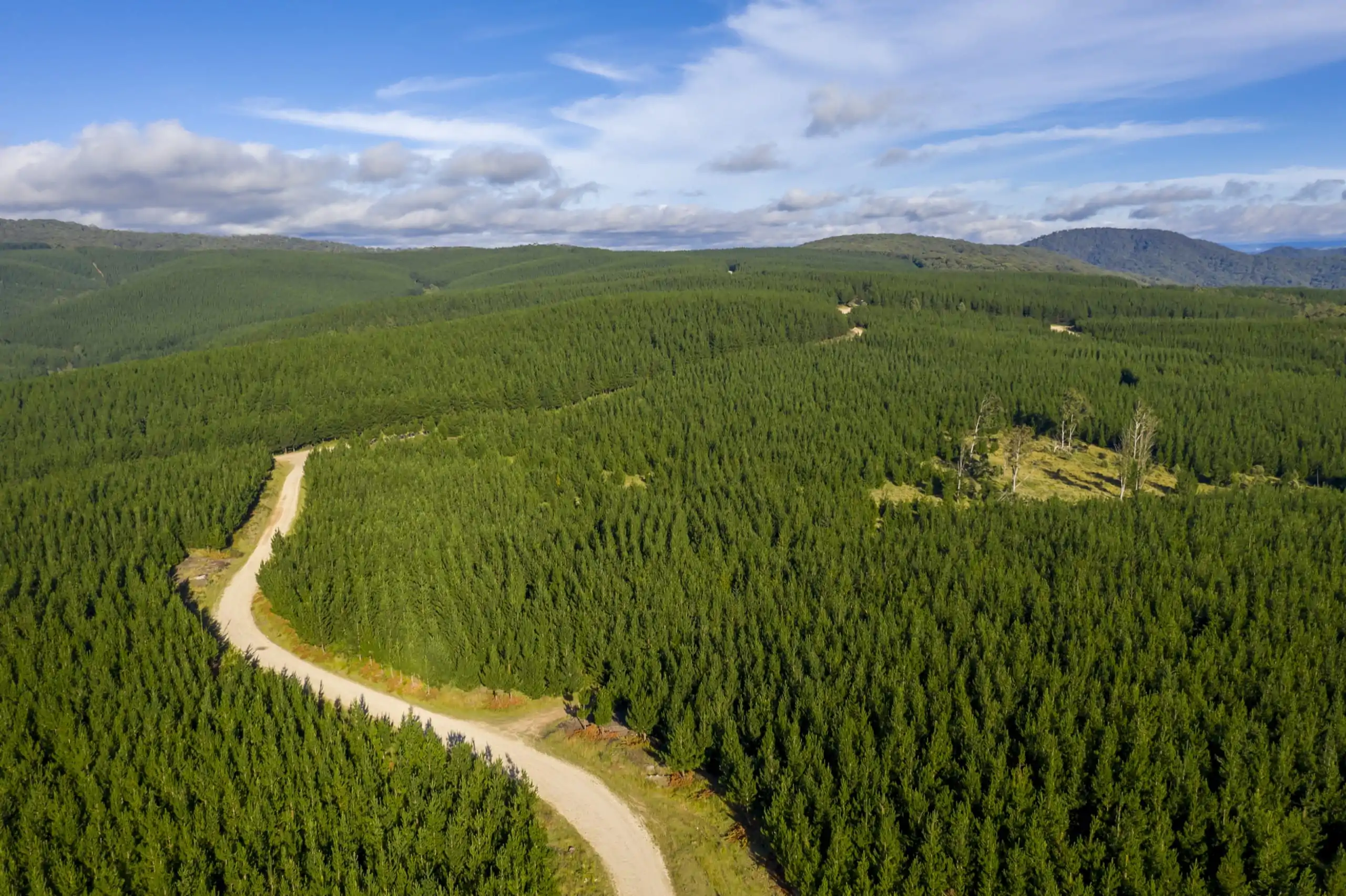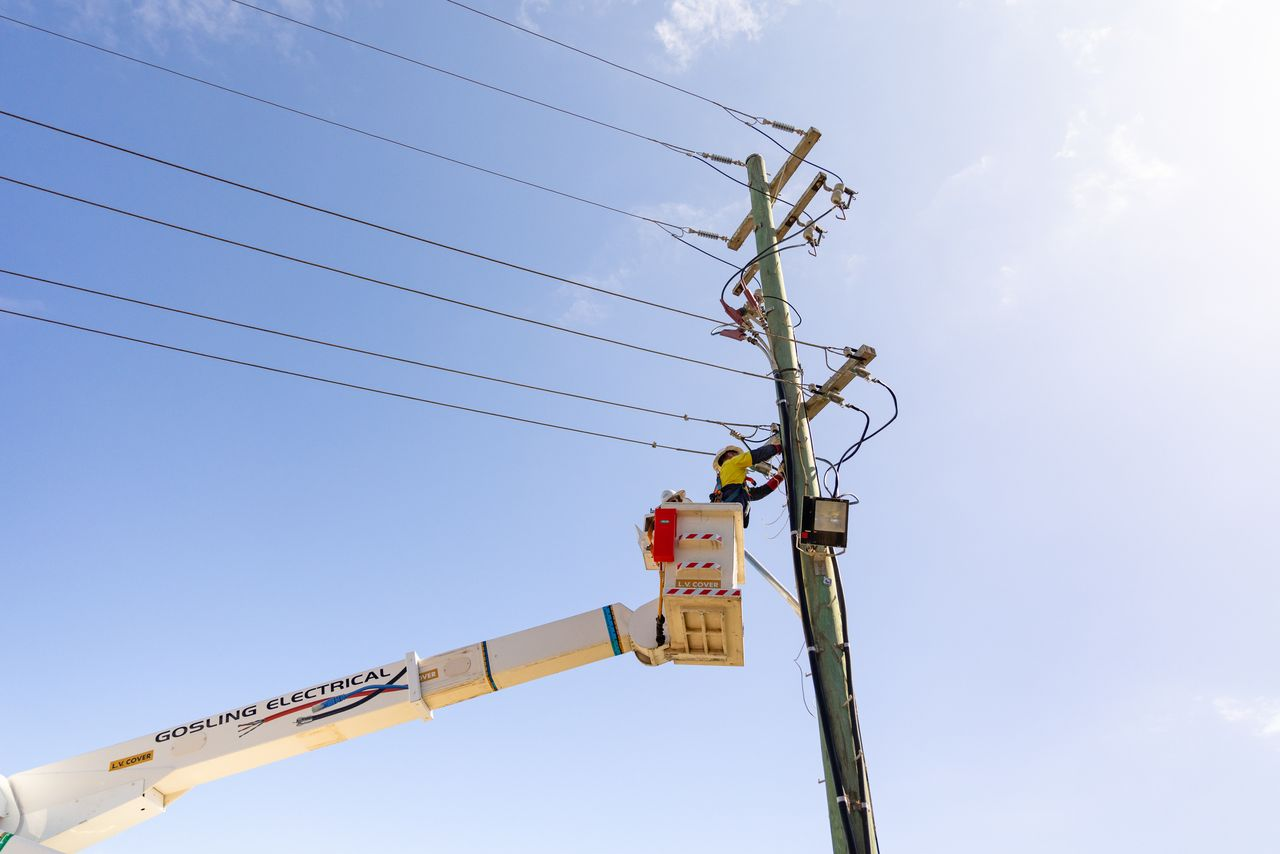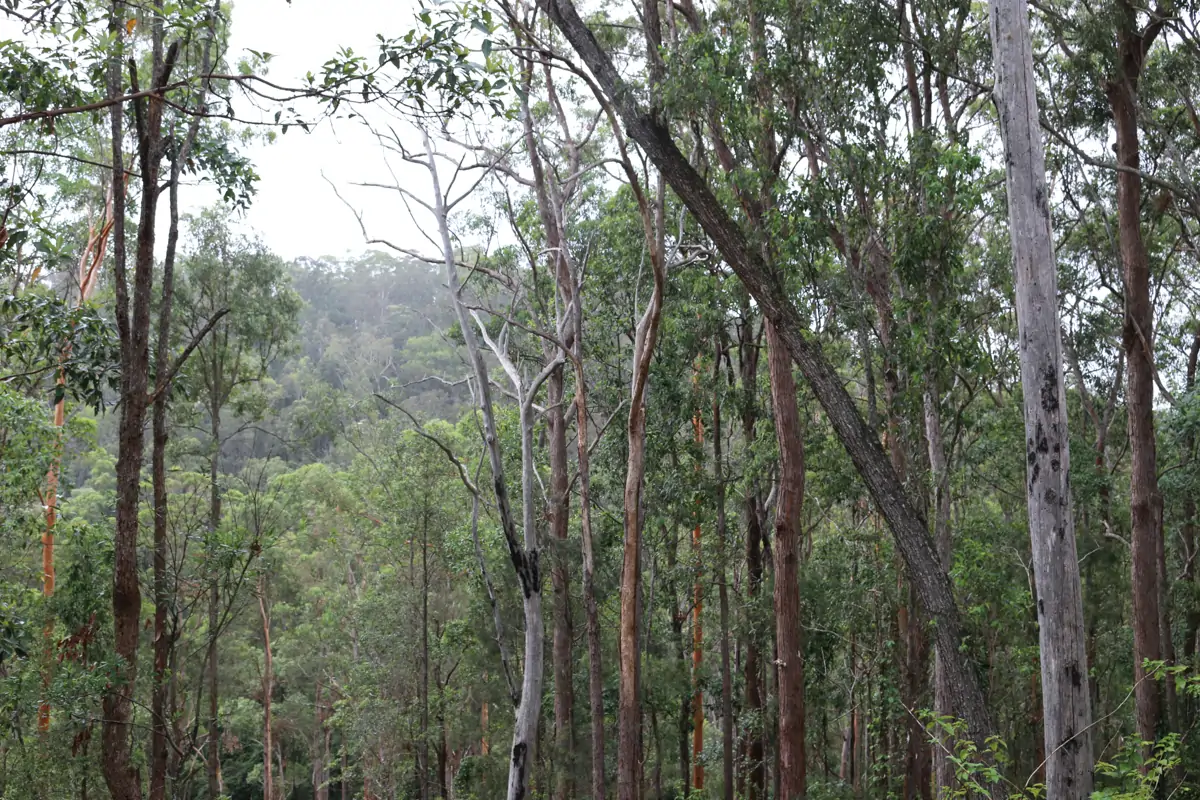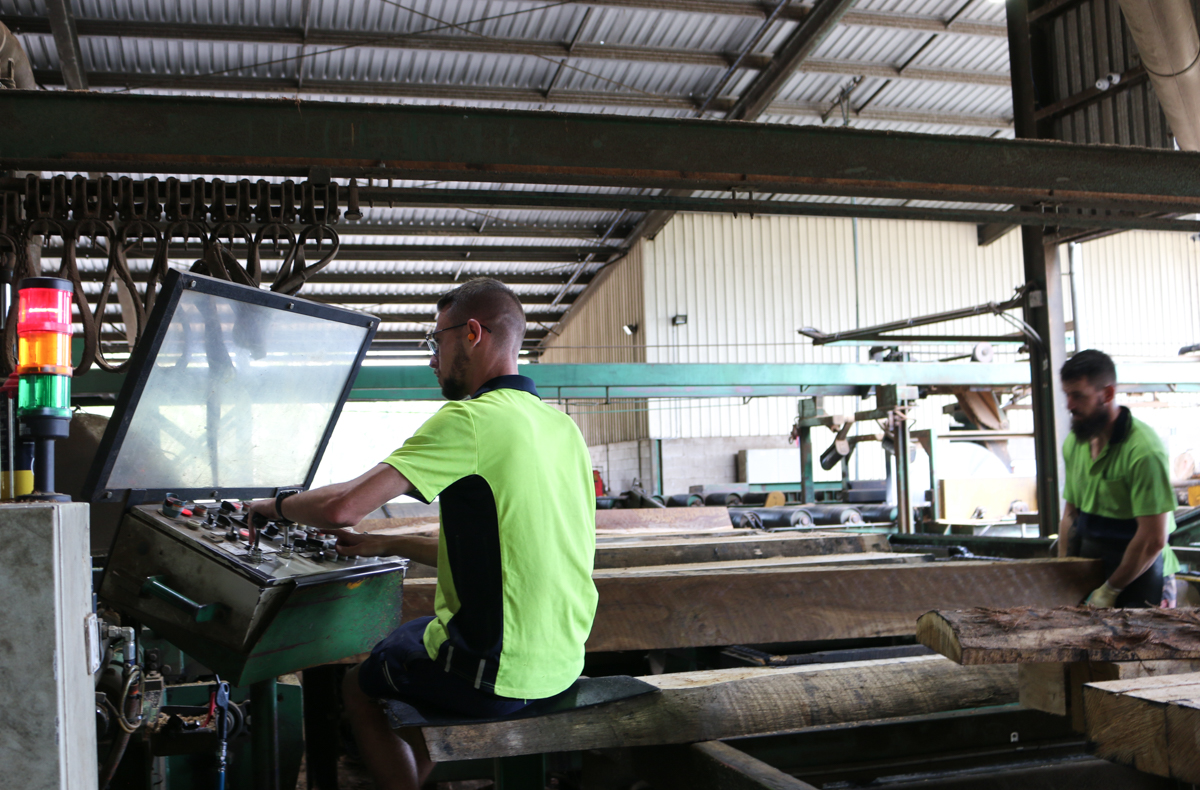Are you the owner of an unmanaged timber plantation or interested in establishing one? In this article we uncover the value of Australian plantations and the steps you can take to establish a successful plantation as well as the government funding available to support.
There are approximately 1.7 million hectares of timber plantations in Australia. In 2021-2022 these plantations supplied 22 million cubic metres of timber, equating to 87% of all harvested Australian timber, making commercial plantations the clear leader in commercial wood production
(Department of Agriculture, Fisheries and Forestry).
Across Australia, softwood plantations make up the majority (60%) with predominantly exotic pine species. The remaining 40% are predominantly eucalypt hardwood plantations. The percentage of softwood plantations is even higher, with three quarters of plantations radiata pine, many of which are located on the NSW North Coast.
The primary role of these plantations is to provide commercial timber, with radiata pine widely used for house frames, furniture, veneer, plywood, news print and particle board. They also provide a range of environmental services including salinity and erosion control as well as carbon sequestration and native wildlife habitat. Economically, the NSW softwood plantation alone generates $1.9 billion annually and provides 11,600 jobs.
In 2024, Western Australia will be the first state to move to utilising plantations as the only source of timber production. Despite the demand for hardwood plantations increasing, the volume of hardwood plantations has continued to decline over the past decade. Softwood plantations have remained relatively stable, with minimal new plantations established in recent years.
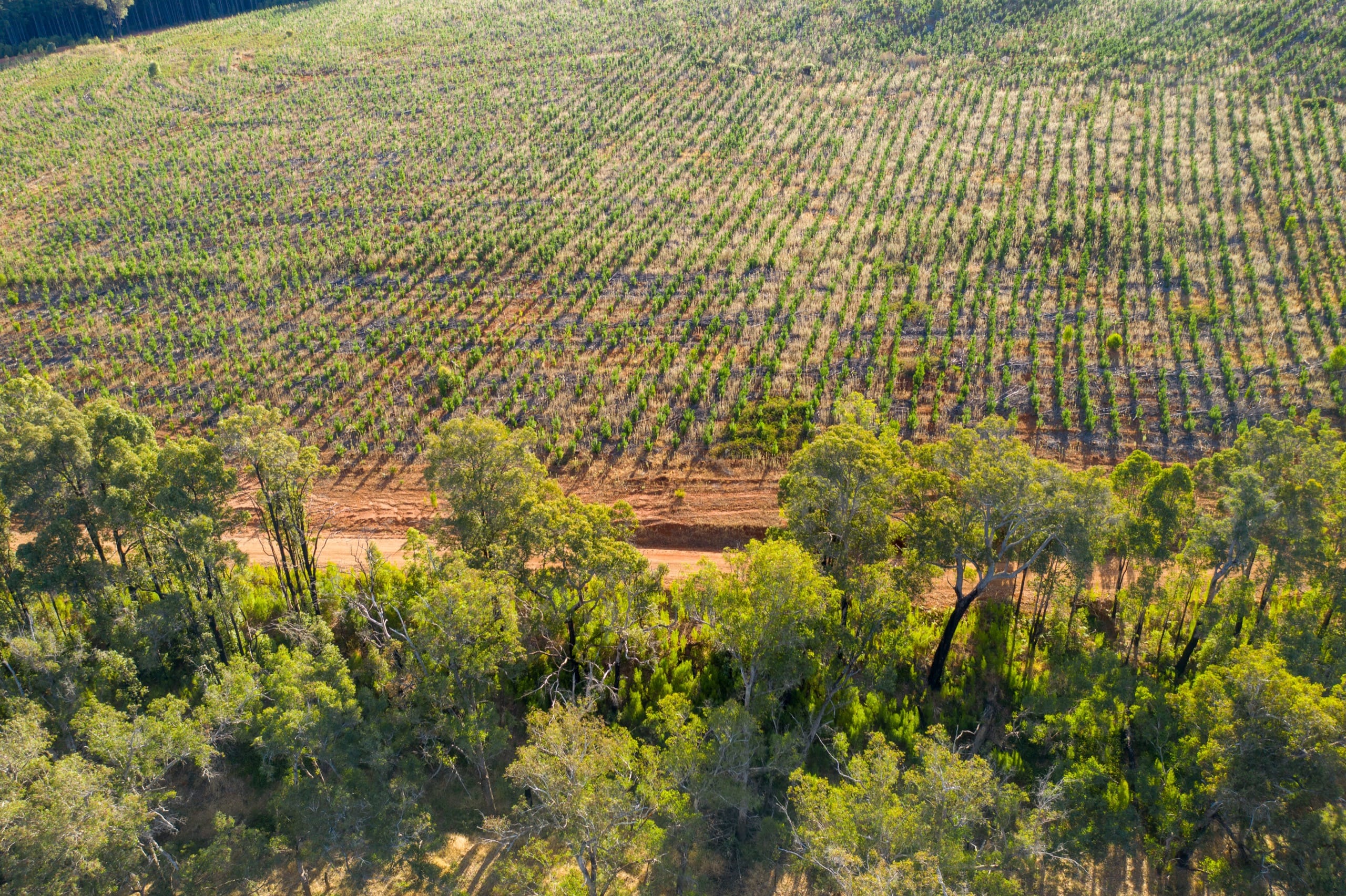
The plantation cycle.
Plantations are generally a single species single aged forest and as such require different sustainable management techniques, to those of a mixed-age native forest.
Plantations are most often established on land that will be continuously reused for timber production. After preparation of the land via removal of prior harvest debris, cultivation and weed control, planting of seedlings follows.
After about 15 years, plantations may be suitable for thinning, removing the weaker and smaller trees to enable growth of the healthiest trees. 30-40 years after planting the trees become mature and suitable for harvest, producing the highest quality wood products. Post harvest, approximately 1000 seedlings are re-planted in each hectare, establishing the next generation.
Funding for plantation owners
Previously, failed managed investment scheme (MIS) forestry plantations on the NSW North Coast became available to purchase after the timber company Forest Enterprises Australia went into administration. This meant many farmers acquired these plantations, with some planning on returning the land to agricultural use, whether that be agroforestry or clearing for farming (ABC).
In 2023, the Albanese government announced the launch of $73 million in grants to support the establishment of new forestry plantations. The new grants will provide funding of $2,000 (GST exclusive) per 1 hectare of new long-rotation plantation forest established, with a minimum plantation area of 20 hectares to be eligible for a grant.
‘The Support Plantation Establishment program will provide grant funding over four years to help establish new long-rotation softwood and hardwood plantation forests. The program will seek to establish up to 36,000 hectares of new plantation across Australia.’ (Ministry of Agriculture)
Read more about NSW Plantation Forestry Road Map here.
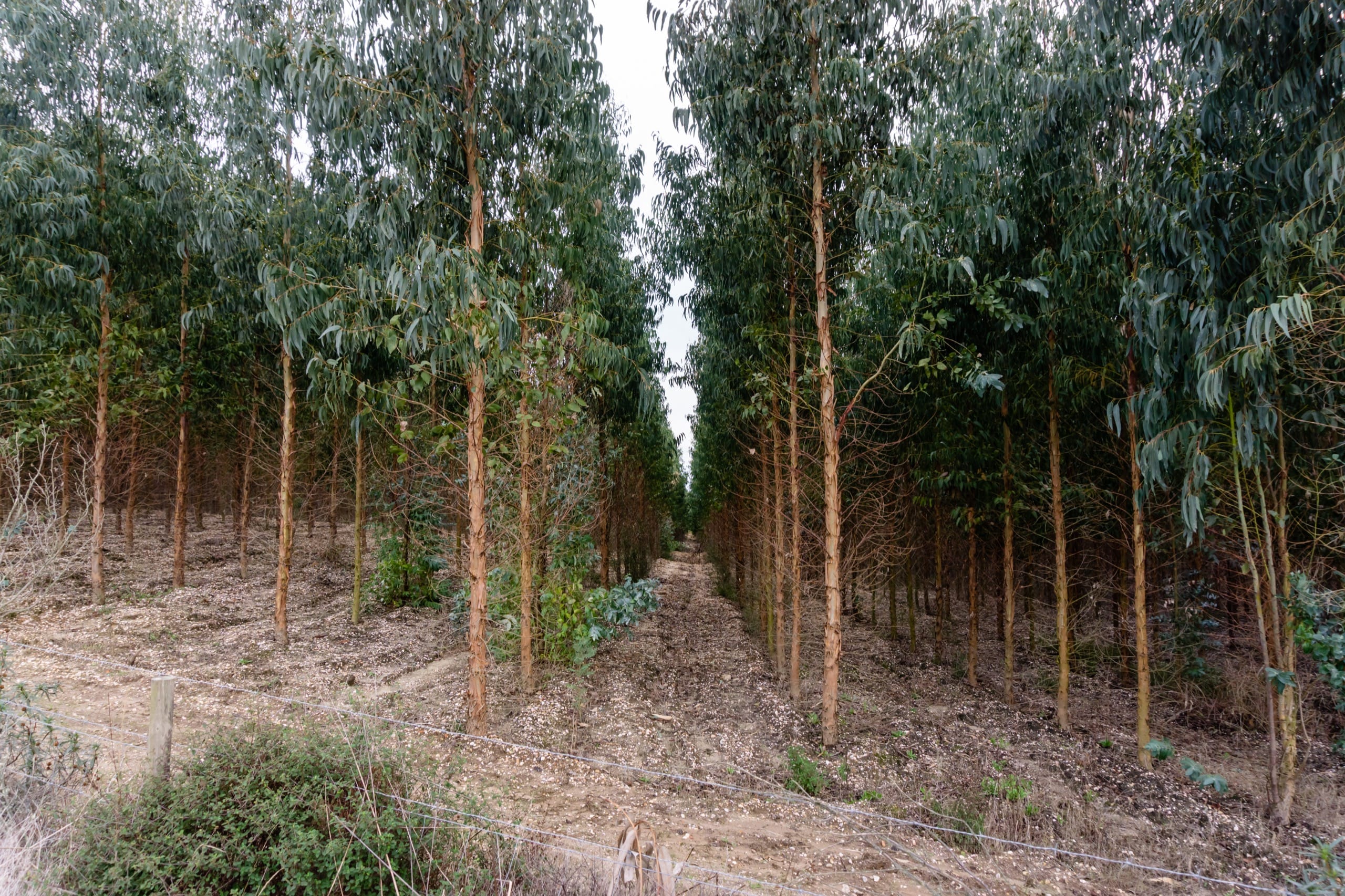
How can I better manage my plantation?
We are here to help. With several decades of industry experience in private forest management, we can help your plantation get in better shape to ensure its value as a long-term asset for generations to come.
We encourage you to get in touch with us today for a free no-obligation assessment to better understand the current health and value of your private native forest. Please Contact Us or call 1300 367 378 today.
